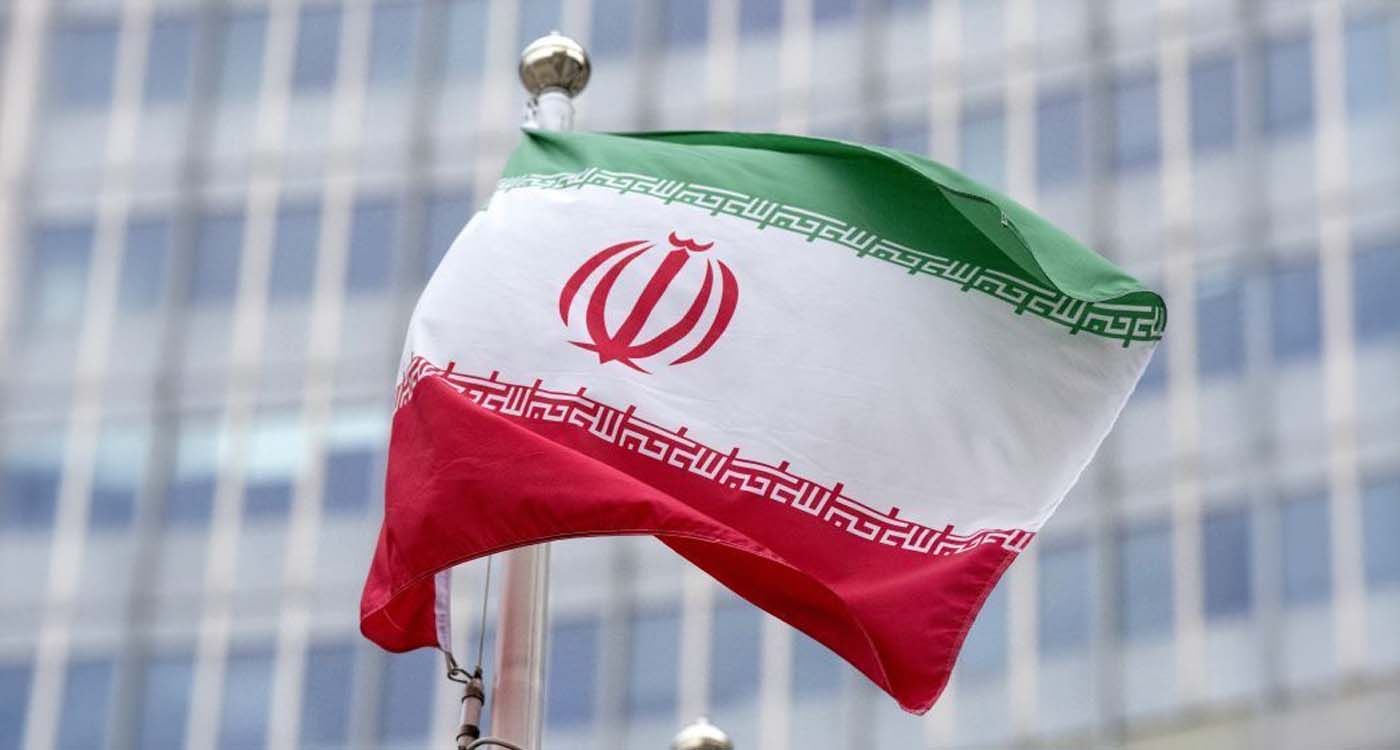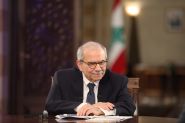
The war may be over in Iran, the missiles silenced — but another battle rages on: the economy. After decades under crippling sanctions, battered by soaring inflation and a plunging currency, Tehran is still holding on. But for how long?
While the military front has quieted, the economic one remains on high alert. For years, the Islamic Republic has been subjected to an unrelenting barrage of sanctions — intensified since 2018 when the United States withdrew from the nuclear deal. The consequences are stark: the rial has collapsed to over 42,000 to the dollar; inflation has skyrocketed to an estimated 43%, according to the International Monetary Fund (IMF); and poverty is spreading. Estimates suggest that between one-third and half of all Iranians now live below the poverty line.
An Economy on the Edge
Despite this toxic mix of sanctions, inflation, and isolation, Iran’s economy has not completely fallen apart. Cut off from international banking and official markets, Tehran has developed a shadow economy worthy of a geopolitical thriller. Illegal Chinese refineries known as “teapots” operate on its soil, a phantom fleet of some 400 oil tankers sails under hidden flags, and informal trade with China, Russia, and India keeps the wheels turning.
Today, this underground economy is estimated to account for as much as 40% of Iran’s GDP, with the Revolutionary Guards dominating key strategic sectors.
Yet this fragile workaround has its limits. The recent 12-day conflict with Israel struck directly at the country’s economic heart: its energy infrastructure. Refineries, pipelines, and export terminals were damaged — a stark reminder of how much Iran depends on oil revenue to keep its economy functioning.
The irony is clear: the very system that keeps the country afloat — centralized, militarized, and opaque — also stifles innovation, private enterprise, and long-term growth.
A Fragile Balance
The IMF forecasts only minimal growth in 2025: a mere 0.3%, far below earlier, more hopeful projections. As Kamal Kharazi, former adviser to Supreme Leader Ali Khamenei, recently said, “Iran is not bankrupt, it’s living in survival mode.” And that survival now hangs by increasingly fragile threads. If oil is the lifeblood of Iran’s economy, then every missile strike or delayed fuel shipment risks suffocating the entire system.
Iran continues to hold on, but at a steep price. The burden falls on a population squeezed by soaring living costs, rampant unemployment, rolling power outages, and a regime that confuses stubbornness with endurance.
The ceasefire may have silenced the guns, but it has done nothing to ease the daily struggle to put food on the table. Between patriotic slogans and weary sighs, the true battleground remains economic survival — and so far, it is the Iranian people who are paying the highest price.




Comments